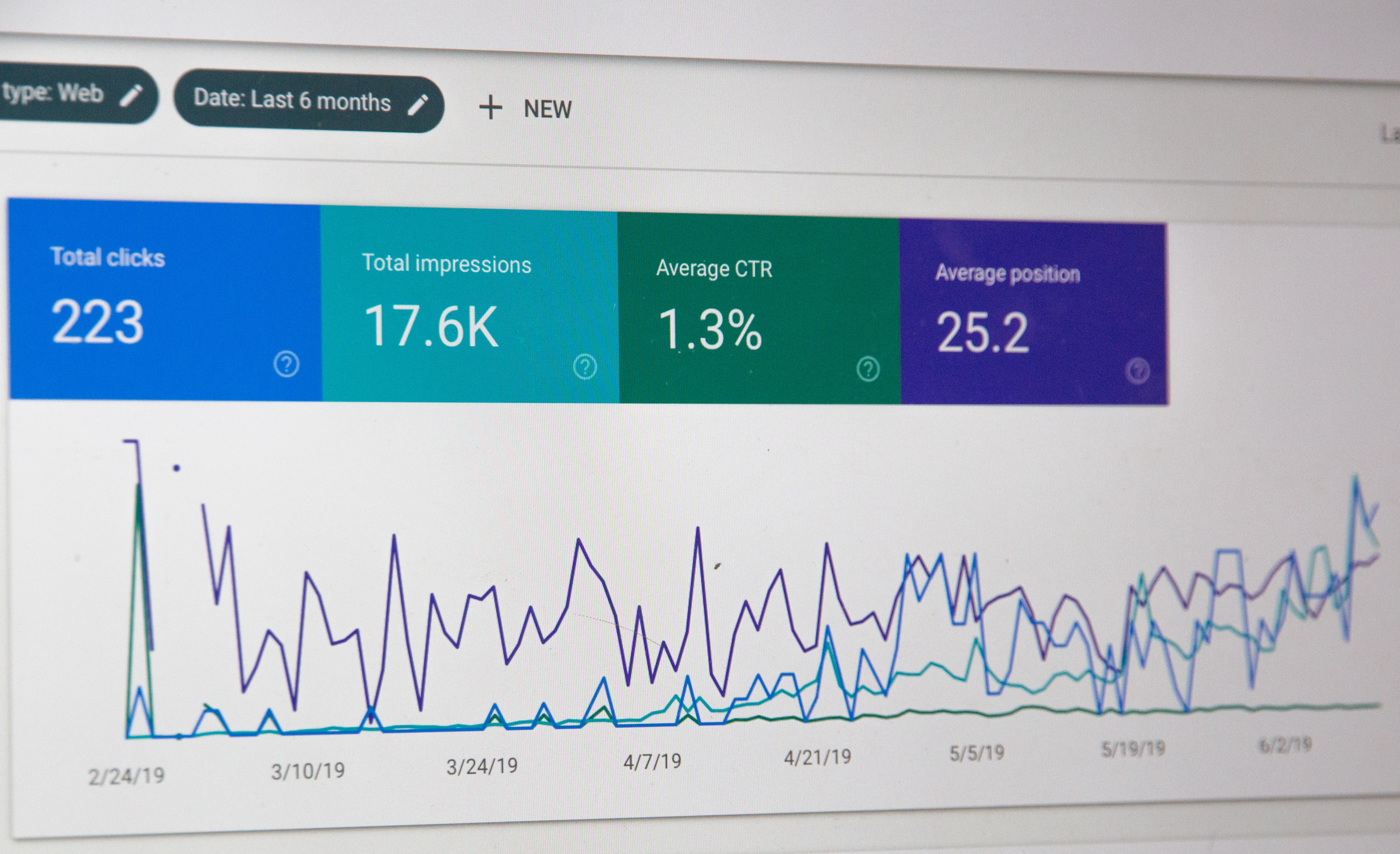Creating a highly converting website requires initial research about your persona, tailoring your value proposition statement, and introducing multiple other tactics.
Do you want to receive a few times more clients than you receive from referrals or social media? By creating an optimized website, you can tip into a new audience of potential clients that previously were inaccessible.
In this article, we show how to build a website that generates tons of leads for your legal business and share some website examples from other industries you can learn from.
Let’s check it out!
How to Create a Converting Law Firm Website
Having a website is now a standard for law firms. But unfortunately, only a few websites in your field are built with conversion in mind. Do quick research online, and you will pop around dozens of outdated websites where you won’t even find a properly working contact form.
So what should you do to stand out? Here is your blueprint.
1. Define Your Persona
Designing website content that resonates with your core audience is a big step towards higher conversion. When your ideal customer enters your website, they should feel that you know their pains and have the right solution. So how can you design such content?
Before you post anything on your website, you should research your persona profile to align content with your clients’ needs. Here is a summary of the main aspects you should account for in your research:
- Demographics include age, gender, material status, income, and location.
- Goals that are what your target audience wants to achieve with your services
- Challenges & Frustrations are why they are looking for services like yours.
- Values that is an approach your audience expects from your business (e.g., responsiveness, efficiency)
2. Value proposition
The legal space is quite competitive — there are hundreds of law firms like yours. Therefore, you must show how you stand out to get your competitive advantage in the market. Showing your value position can help with this goal.
By defining your value proposition, you can convince more website visitors to take the desired action — fill out a contact form or call you.
The value proposition is your statement of how your business differs from competitors. For example, you could point out that you win almost all your cases in court as your efficiency guarantee or your team’s background to back up your expertise.
When drafting your website, the value proposition should be one of the first page elements that your audience should read.
For example, Together is positioning itself as the easiest-to-use mentoring software and includes this statement in a prominent place on the website.
3. CTA
Your call-to-action helps drive your website visitors to your desired action, such as calling your office or asking you for a quote via an online form. Therefore, you should locate this page element in the above-the-fold area of your website.
A good call-to-action button stands out from the surrounding text and asks to perform only one action.

Here are some examples of effective calls to action:
- Book Now
- Get a Quote
- Call us
- Schedule a Free Consultation
5. Include Testimonials
Testimonials work similarly to referrals — they recommend your services to those who haven’t used them yet. Online testimonials are an element of social proof and can have a more significant impact than traditional word-of-mouth marketing tactics.
Your testimonials should present your successes and track record to build trust with your audience. You can use various formats to display them — text, video, or images.
Check out how PolicyMe uses testimonials on its website to build trust with its audience. They support their text testimonials with video content that can positively impact the page’s conversion rate.
6. Show How You Work
When clients contact you for the first time, they are usually confused and don’t know what the process of resolving their issue is. That’s why presenting your work method can make it easier for them to understand the critical stages of cooperation and feel more in control of the process.
You can dedicate some space on your main page to describing your work. For example, you can outline the key stages and add a short description for each.
For example, TestBox presents its work process in a highly visual way.
7. Create Location Pages
People often search for legal services based on their location. Some individuals and businesses consider only a handful of law firms close to their home or office. It just makes logistics and communication easier.
If your law firm has several locations, you should create separate pages for each site. This way, clients seeking legal services next to your offices will consider contacting you.
Creating location pages positively impacts local SEO and helps push your page up the search results. Improving your ranking is possible by integrating your keywords correctly, so they sound more natural.
8. Google My Business
Creating a Google My Business account is another practical aspect of local SEO for attorneys. It helps reach clients who make their online search close to your office.
You can do a few things with your Google My Business page.
- You can post your address and link to your website.
- There is an option to add photos showing your law firm’s office, its staff, and other related images.
- Your clients can post their reviews.
9. Make your website fast
Website speed has a direct influence on your website’s position in Google. That’s obvious — who would stay on a website that loads for ages?
High website speed is also essential to ensure visitors have a positive experience with your website. In addition, it can impact your prospect’s decision to contact your business.
There are two ways you can approach the diagnosis of your website speed issues. First, you can check your website speed with your web admin and fix problems that slow it down. You can also do it on your own using PageSpeed Insights by Google.
After running a quick test, you will find out what page elements you should fix to make your page faster.
10. Run regular A/B tests
How do you know if your main page headline is good enough or if your CTA is convincing enough to get people to click? The truth is you won’t know if you don’t test it out against an alternative version.
Once you have your website up and running, it’s worth running regular A/B tests to identify areas for improvement.
Make sure you don’t test many page elements at once. In the end, you won’t know what has worked out. So instead, try one thing at a time and implement successful tests.
Before you get down to testing, make sure your website attracts enough visitors for a test to be considered statistically significant. How much traffic do you need? You can quickly check it using online calculators.
Wrapping up
Publishing a law firm’s website online doesn’t guarantee many clients overnight. Most law websites are poorly designed, have similar content, and are boring for most users.
Creating a highly converting website requires initial research about your persona, tailoring your value proposition statement, and introducing multiple other tactics. So here you are — you have a list of things to remember when optimizing your website. Now, it’s time to make it work.


Join the conversation!